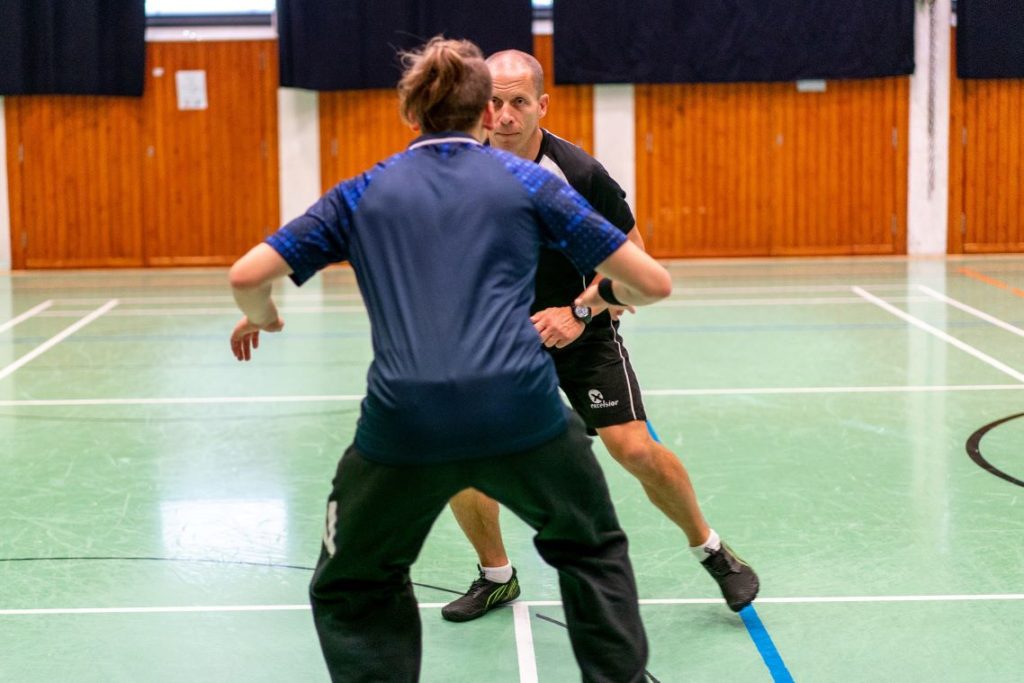Main Menu
Latest Blog Entry
User login
Getting Better at Practice: decision-making
Playing sports at any level requires making decisions. Sometimes they are tactical decisions such as when and where to pass the ball. Sometimes they are training decisions such as which technique to prioritise or how much weight to lift.
Players need to be allowed to make decisions in order to develop and succeed. The sooner they start, the sooner they can start taking responsibility and ownership, and the sooner this will translate to the field/court/arena.
Giving players choice and autonomy is one of the three key points that ensure athletes enjoy their sessions and want to return (Wade Gilbert).
Watching players grow and develop into independent thinkers is one of the best parts of coaching. I can’t think of anything worse than standing on a sideline micro-managing every move.
But, like everything else, the players need good coaching to help them rather than leaving everything to chance.
Here are some ideas that I use to get players involved in decision-making.
1.Start off simple.
The easiest coaching tool is exploration. e.g. before coaching a specific throwing technique, I ask the players to find as many different ways as possible to throw an implement. The safety parameter is to throw in a certain direction. I might add a restraint such as ‘two-handed throws only.’
Then I get them to choose the type of throw to get the implement the furthest and practice that.
In a group of 10 athletes, there might be 2-3 options chosen. I can then link the similarities to why they worked. I can also ask if that type of throw is the best for accuracy.
This can also be done with kicking and striking (racquet/bat sports).
2. Limit the choices
Anyone who has done the weekly shop with a toddler will understand the benefits of having limited choices available in supermarkets, with clearly marked and labelled prices for easy comparison.
The same thing applies to sports. By creating a drill with two main options, the athlete can choose and see which works best. It also forces them to work on skills that they might otherwise neglect.
This is especially good for beginners who have a limited skill set.
e.g. A small-sided football game where they can only score a goal with their weaker foot or their head.
A two-handed throw either overhead standing face on, or standing side on and throwing with a long arc.
Both these examples help guide the athlete into performing basic skills that underpin good play later on but allow them to adapt to what they think works best.

3. Allow the athlete to create routines/games themselves.
It is important to allow athletes to take control of their own training as their skill set develops and they mature. This could be within a warm-up (see here) or in the session design itself. Autonomy does not mean anarchy.
It means the coach sets up situations and guides the players.
e.g. Gymnastics: create your own routine that must include a balance, a roll, a jump and a movement on hands.
In teams of three, work out a passing move that you could do in the middle third of the pitch and then one in the attacking third. Test that against one, two and then three defenders. Did it work? Why/why not?
Weightlifting: select a weight that you feel comfortable doing for 3 sets of 3, then 3 sets of 2. Or, here are the four exercises we are doing in the session, you select the order in which you wish to do them.
This last exercise goes against every principle of a ‘numbers’ coach who insists that there has to be a specific sequence in order to maximise results. But, allowing the athletes to choose the order themselves gives them a feeling of autonomy. It can create a ‘holiday’ atmosphere in a sport where the repetition of the same exercises is physically and emotionally hard.

Summary
I have given a few examples of tasks that can be set up within practice to help your athletes learn to make decisions. Not all will respond, some just want to be told what to do, especially if they are tired and their brains hurt after school. Others will thrive and look forward to these parts of your training more than others.
It still requires coaching, but more of an overseeing rather than directing mode. This allows you to watch the practices and understand what is happening rather than ‘do’ the practices where it is easy to lose sight of the overall session.
If you have any other suggestions on decision-making, please leave them in the comments below.
Further reading:
How to get better at practice: intention and attention
Client Testimonials
 Louise Helyer – Modern Pentathlete, Commonwealth Games Silver Medallist Epee
Louise Helyer – Modern Pentathlete, Commonwealth Games Silver Medallist Epee
I have been working with James since September 2009, with a history of becoming injured in winter months our main goal was to over come this and help my core/hip area to become more stable thus enabling me to run at my full potential. Not only have I made it through the winter months without gaining the usual knee injuries I have also improved my performance to currently become one of the top ranked athletes.
More


